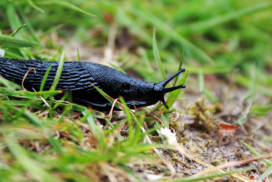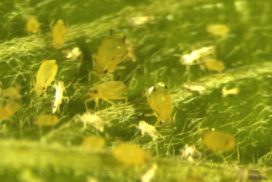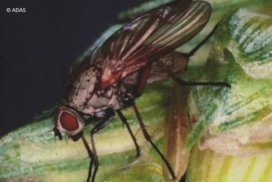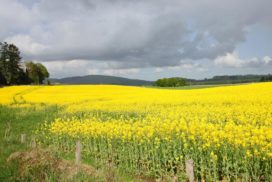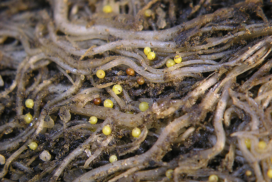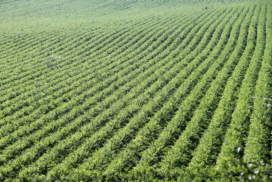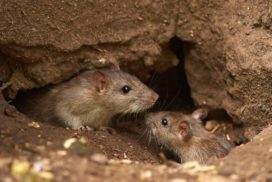Crop Health Updates - November 2020
General Comments
The weather is yet again the key factor in crop management this season, with some of last seasons’ crops still to be harvested, and time running down for sowing of winter cereals before winter kicks in. Fields remain treacherous to travel on so it is likely that there will be missed herbicide and light leaf spot sprays that will mean plans will need to be made to tackle these issues in the spring. Crops that have managed to be sown are in the main looking well despite the wet conditions, although slugs remain a threat.
Sampling soil for nematode and disease presence in fields destined for spring crops such as potatoes, carrots and vegetable brassicas is encouraged now rather than waiting until 2021. This will allow results to be obtained with plenty of time to develop management programmes to tackle any unwanted issues. Full details on soil sampling can be found here
With the Covid restrictions affecting the ability to meet up and discuss the issues affecting crops for the foreseeable future, the advice and meetings are moving online and its is worth checking out https://www.fas.scot/crops-soils/ for upcoming online events, webinars, Q&A’s etc… to keep up to speed with what is happening. Hopefully normal service will be resumed in 2021.
All Winter Crops Update - November 2020
Slugs
Slugs are a threat to all autumn sown crops under the wet conditions experienced by most crops just now.
In oilseed rape, the crop needs to be protected from slug damage up until the 4-leaf stage.
Read more here
All Cereals Update - November 2020
Pests
The change to colder and wetter weather has stopped the flight of aphids into crops. Growers need to be concerned about aphids from the green-bridge as well as any flying aphids as potential vectors of BYDV.
Read more here
Winter Wheat Update - November 2020
Pests
The results of the SRUC annual survey of wheat bulb fly egg populations showed an average of 1.2 million wheat bulb fly eggs/ha, which is below the damage threshold for early sown wheat (2.5 million eggs/ha) but higher than the threshold for later sown-wheat (1 million eggs/ha).
Read more here
Winter Oilseed Rape Update - November 2020
Diseases
Light leaf spot management should begin as soon as possible. The disease is spread upwards and outwards through the canopy by rain splash (so a high risk at the moment) and causes the classic scorched type symptoms that can easily be mistaken for other forms of damage.
Read more here
Potatoes Update - November 2020
Forward planning for 2021 – sampling for nematodes
It is never too early to sample soils for nematodes, particularly as sampling fields when the soil is moist gives the most accurate estimate of nematode populations (especially free-living nematodes).
Click here for more information
Carrots and Parsnips Update - November 2020
Pests
Now is a good time to sample for free-living nematodes in fields planned for carrots or parsnips next year in order to assess the risk of nematode damage.
Read more here
Farm Buildings Update - November 2020
Vermin control
As the weather is starting to get colder, vermin such as rats and mice will be looking for somewhere to spend the winter indoors, and nowhere is better than a farm building that might have grain or other foodstuffs in plentiful supply.
Read more here
Sign up to the FAS newsletter
Receive updates on news, events and publications from Scotland’s Farm Advisory Service

